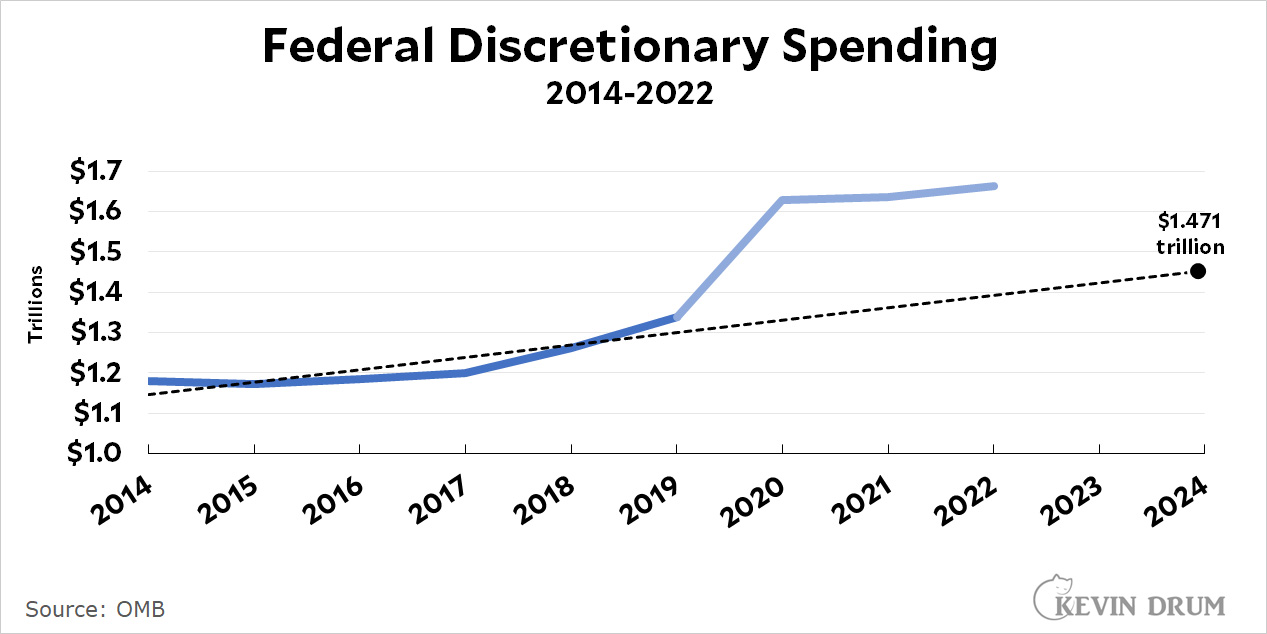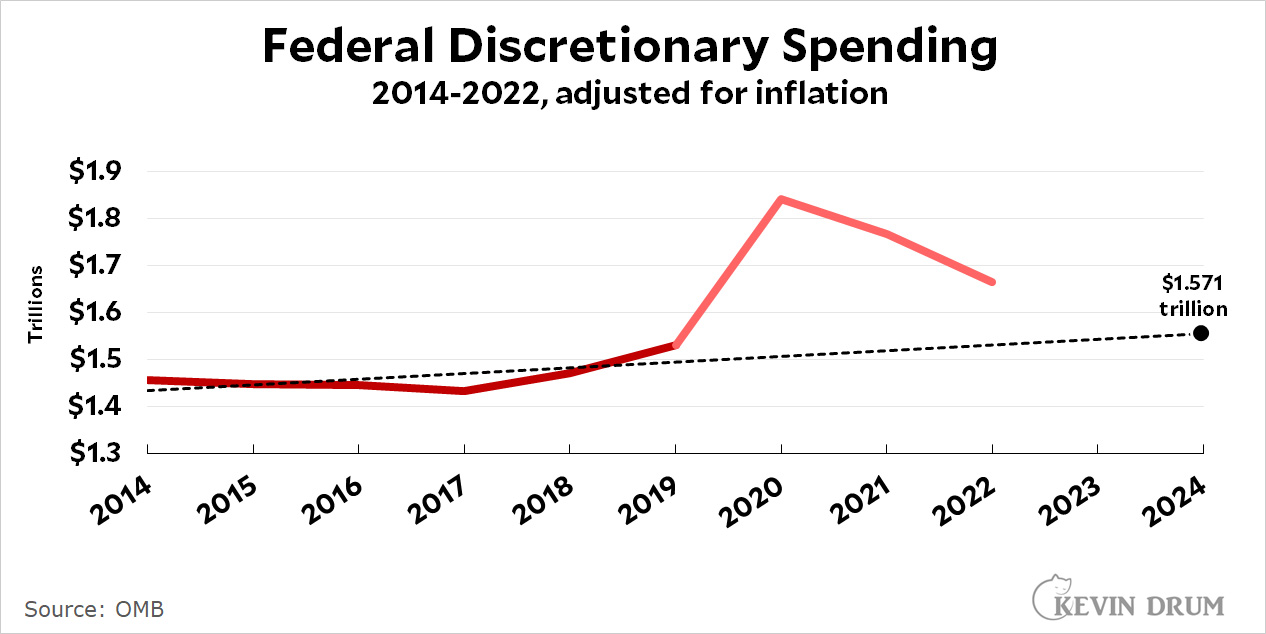President Biden is offering a sorta-kinda-amnesty to half a million Venezuelan refugees who are currently in the country:
Biden officials told reporters that Venezuelans who had entered the United States by July 31 would be eligible for temporary protected status, a designation that will shield them from deportation and speed up their ability to obtain U.S. work permits. The announcement was the largest expansion of temporary protected status to date, and more Venezuelans have received the designation than any other nationality, government data shows.
But what I found most remarkable about the story was this:
More than 6 million Venezuelans have left the country during a decade of political and economic turmoil in their homeland.
I didn't know this. That's 6 million out of 30 million, or 20% of the population. It's as if 65 million Americans had fled the country because of political turmoil. Remember that when anyone complains about the current cankerous politics of the United States. It could be a lot worse.








